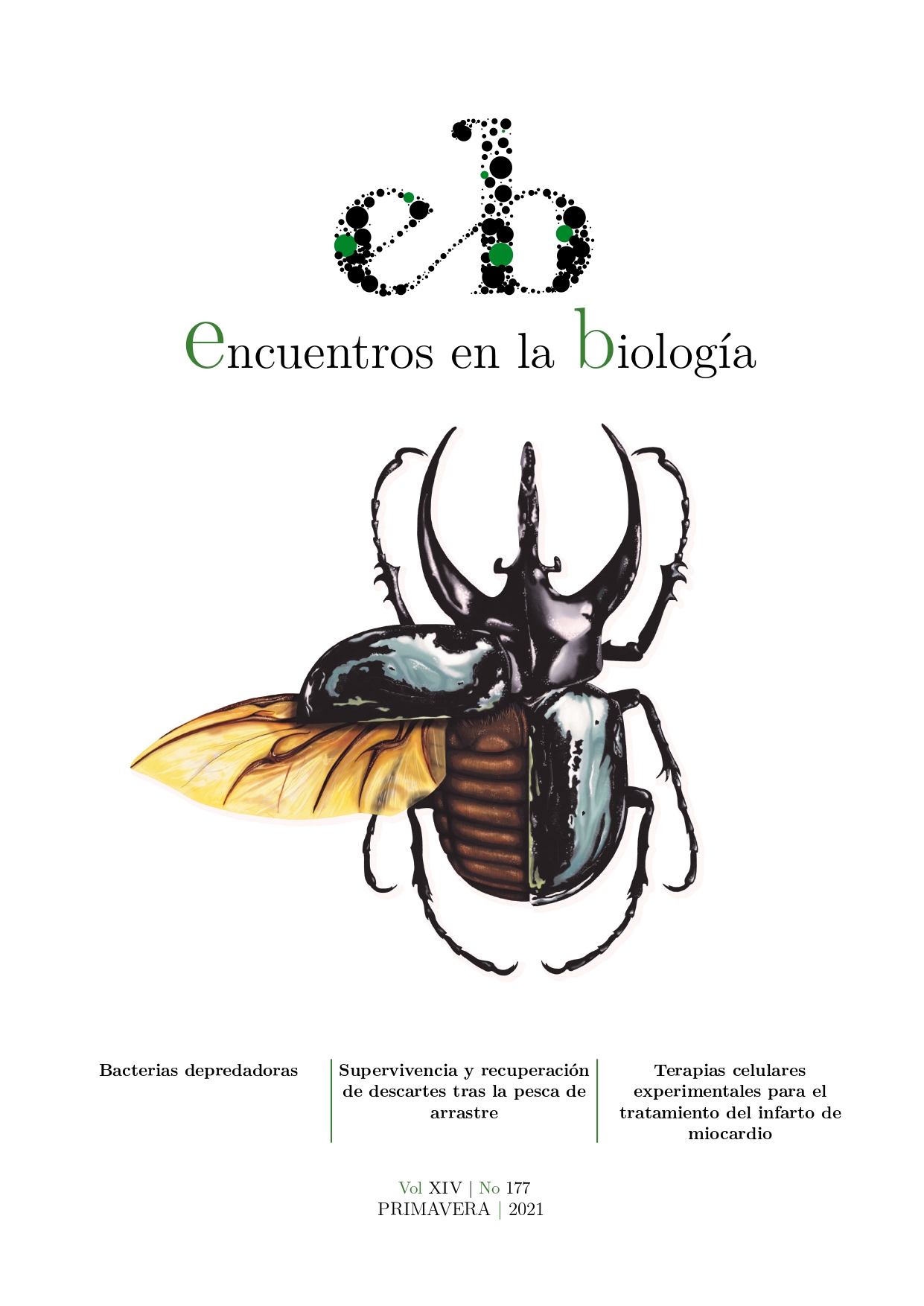Genetic variants and their association with allergic rhinitis
DOI:
https://doi.org/10.24310/enbio.v14i177.16692Abstract
Seasonal allergic rhinitis affects approximately 25% of the world population. This pathology is more common in the spring, coinciding with the flowering of numerous plant species, although it also usually occurs in the summer months, at the end of September and October. Patients present common symptoms, the most frequent being nasal congestion, sneezing, coughing, and allergic conjunctivitis.
Downloads
Metrics
Publication Facts
Reviewer profiles N/A
Author statements
Indexed in
-
—
- Academic society
- N/A
- Publisher
- Uma Editorial. Universidad de Málaga
References
De-Yun W. Risk factors of allergic rhinitis: genetic or environmental?. Ther Clin Risk Manag 1(2), 115–123, 2005.
Dávila I y otros. Genetic aspects of allergic rhinitis. J Investig Allergol Clin Immunol 19 Suppl 1:25-31, 2009.
Nair P, O’Byrne PM. The interleukin-13 paradox in asthma: effective biology, ineffective biologicals. European Respiratory Journal 53: 1802250, 2019.
Peng Y y otros. Aberrant localization of FOXJ1 correlates with the disease severity and comorbidities in patients with nasal polyps. Allergy, Asthma & Clinical Immunology volume 14:71, 2018.
Rojano E y otros. Characterisation of non-coding genetic variation in histamine receptors using AnNCR-SNP. Amino Acids48(10):2433-42, 2016.
Wei X y otros. Genome-wide analysis of long noncoding RNA expression profile in nasal mucosa with allergic rhinitis. BMC Medical Genomics 14:100, 2021.
Potaczek D y otros. Epigenetics and allergy: from basic mechanisms to clinical applications. Epigenomics 9:4, 2017.
Downloads
Published
How to Cite
Issue
Section
License
Esta obra está bajo licencia internacional Creative Commons Reconocimiento-NoComercial-CompartirIgual 4.0.
Esta revista provee acceso libre inmediato a su contenido bajo el principio de hacer disponible gratuitamente la investigación al público. Todos los contenidos publicados en Encuentros en la Bilogía están sujetos a la licencia Creative Commons Reconocimento-NoComercia-Compartirigual 4.0 cuyo texto completo puede consultar en <http://creativecommons.org/licenses/by-nc-sa/4.0>
Se pueden copiar, usar, difundir, transmitir y exponer públicamente, siempre que:
Se cite la autoría y la fuente original de su publicación (revista, editorial y URL de la obra).
No se usen para fines comerciales.
Se mencione la existencia y especificaciones de esta licencia de uso
Los derechos de autor son de dos clases: morales y patrimoniales. Los derechos morales son prerrogativas perpetuas, irrenunciables, intransferibles, inalienables, inembargables e imprescriptibles. De acuerdo con la legislación de derechos de autor, Encuentros en la Biología reconoce y respeta el derecho moral de los autores/as, así como la titularidad del derecho patrimonial, el cual será cedido a la Universidad de Málaga para su difusión en acceso abierto. Los derechos patrimoniales, se refieren a los beneficios que se obtienen por el uso o divulgación de las obras. Encuentros en la Biología se publica en open access y queda autorizada en exclusiva para realizar o autorizar por cualquier medio el uso, distribución, divulgación, reproducción, adaptación, traducción o transformación de la obra.
Es responsabilidad de los autores/as obtener los permisos necesarios de las imágenes que están sujetas a derechos de autor.
Los autores/as cuyas contribuciones sean aceptadas para su publicación en esta revista conservarán el derecho no exclusivo de utilizar sus contribuciones con fines académicos, de investigación y educativos, incluyendo el auto-archivo o depósito en repositorios de acceso abierto de cualquier tipo.
La edición electrónica de esta revista esta editada por la Editorial de la Universidad de Málaga (UmaEditorial), siendo necesario citar la procedencia en cualquier reproducción parcial o total.






